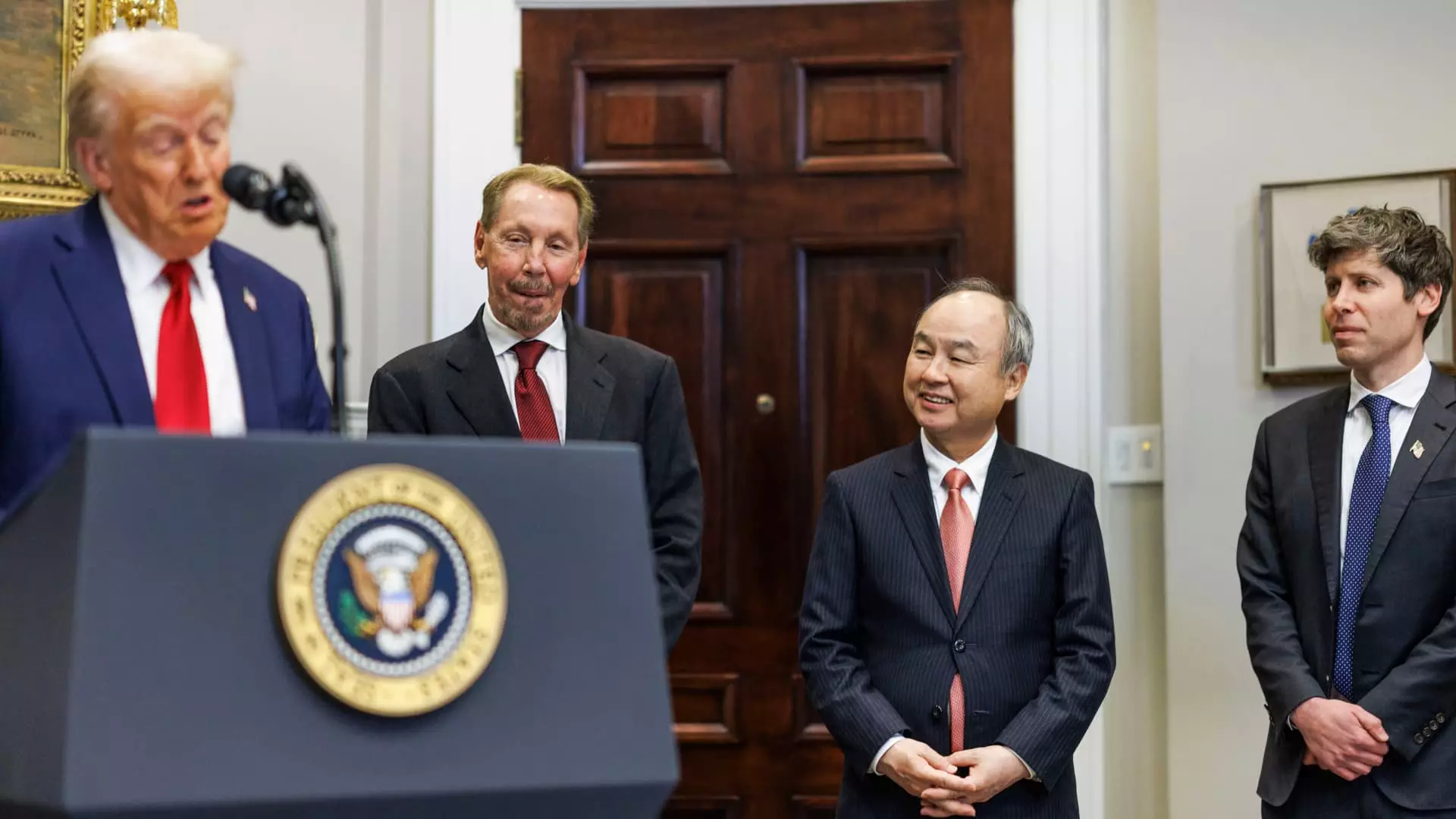The technology landscape is constantly in flux, influenced by market demands, competitive strategies, and collaborative ventures. Recently, Microsoft and OpenAI, once celebrated as a powerhouse partnership, have entered a stage of evolving dynamics, indicating a notable shift in their business relationship. This article delves into the implications of this evolving alliance amidst ongoing investments and collaborations in the realm of artificial intelligence.
Historically, Microsoft has positioned itself as the foremost partner and investor in OpenAI, a prominent startup celebrated for its cutting-edge advancements in artificial intelligence. Starting in 2019 with a substantial $1 billion investment, Microsoft secured a deal that allowed OpenAI to utilize Azure as its primary cloud platform. This strategic move not only fortified Microsoft’s foothold in the AI domain but also infused the burgeoning company with the necessary computational capabilities suited for its ambitious projects.
However, a recent announcement indicates a significant shift: Microsoft is relinquishing its exclusive rights to provide computing capacity for OpenAI. While Microsoft maintains that it holds a favorable position — with the “right of first refusal” to fulfill any computing demands before OpenAI looks elsewhere — this transition is telling. It illustrates a broader, more diversified approach that OpenAI is now considering, potentially signaling its readiness to explore additional partnerships.
The shift became even more pronounced with the unveiling of the Stargate Project, a collaborative venture that brings together OpenAI, Oracle, Softbank, and several notable stakeholders. This initiative aims to pour billions into AI infrastructure development in the United States, heralding a new era for companies poised to innovate in the AI space. With an initial commitment of $100 billion and a potential total of up to $500 billion over the next four years, this undertaking is ambitious and indicative of a collective pursuit of transformative AI technologies.
Oracle plays a crucial role in this venture alongside technology giants like Arm, Microsoft, and Nvidia. The project, which aims to establish significant data centers tailored for advanced AI computations, is already underway, with Oracle’s Chairman announcing the construction of the first data centers in Texas. This shift cannot be overlooked; it represents a concerted effort among major companies to create the necessary infrastructure to support AI evolution.
Despite these developments, one cannot dismiss Microsoft’s ingrained influence within the AI landscape. The company still retains rights to OpenAI’s intellectual property, such as that used in widely-adopted products like Copilot, ensuring that it continues to reap benefits from its initial investments. Additionally, OpenAI’s growing commitment to Azure regarding model training and product usage underscores that while a diversification of partnerships may be occurring, Microsoft’s foundational role remains intact.
However, the crux of the matter lies in the growing sentiment that Microsoft perceives OpenAI not just as a partner, but increasingly as a competitor. The recent statements from Microsoft’s CEO, Satya Nadella, manifest this duality. He acknowledges the aspirations of OpenAI’s CEO, Sam Altman, while also recognizing the need to accommodate these ambitions within Microsoft’s broader strategy. This recognition indicates a delicate balancing act between collaboration and competition.
The relationship between Microsoft and OpenAI is at a critical juncture. As OpenAI explores new avenues for expansion through additional partnerships like the Stargate Project, Microsoft must navigate the complexities of maintaining its influential role while also adapting to a potentially competitive environment. The advancements in AI have sparked a whirlwind of collaboration and competition, representing an exhilarating period for technological evolution.
As these dynamics unfold, both companies are poised to redefine their strategies in the bustling arena of artificial intelligence. This situation serves as a reminder that in the world of technology, collaboration can quickly shift to competition, and the pathways of progress are often paved by evolving partnerships. The future may hold surprising developments, one where both Microsoft and OpenAI could challenge and complement one another in the relentless pursuit of AI excellence.

